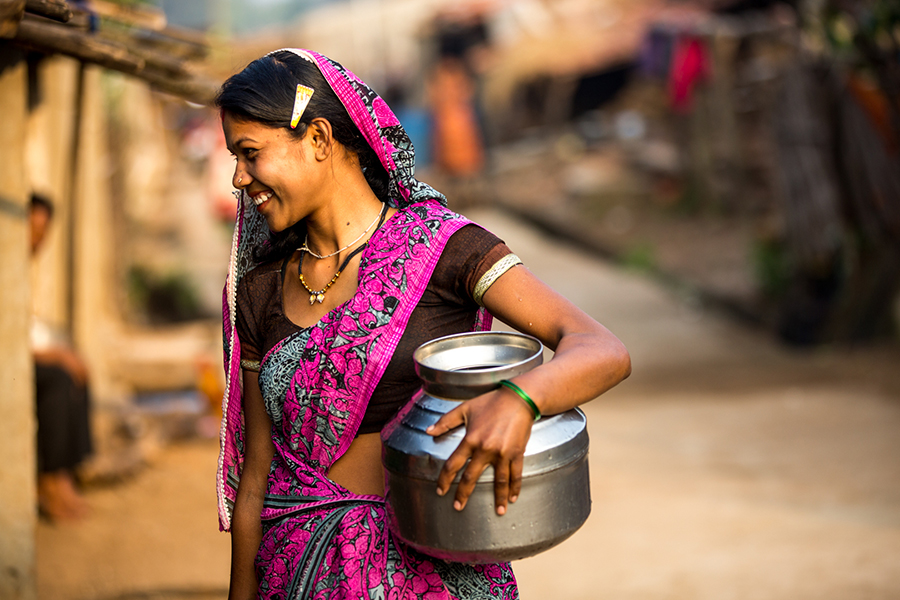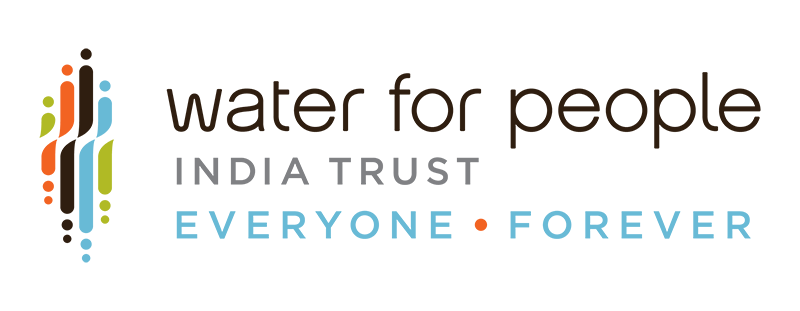The people of Chikhaldara region, especially the tribal women and children, have benefitted vastly from ‘The Water Initiative’ program. Water For People India has provided water connections to households as well as Anganwadi Center, Zilla Parishad and Ashram schools in 36 villages. The villagers, especially women and children, now get enough time as they do not have to tread miles to fetch water. Children now get safe and clean drinking water in their schools along with sanitation facilities. This has also solved the problem of open defecation to a great extent and the surroundings around the school are now clean. They can now concentrate on their overall school activities. The work done by Water For People India is highly appreciated by everyone in the district.

























































